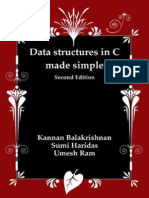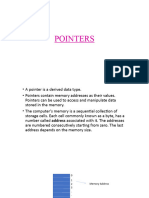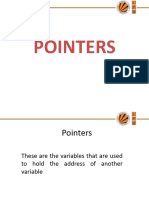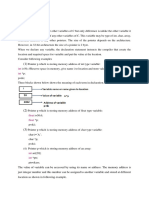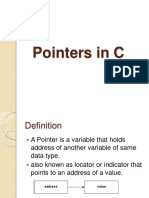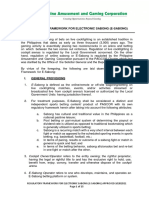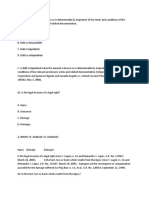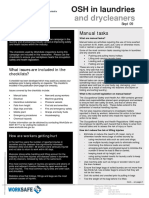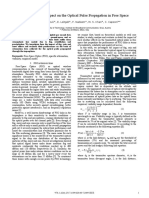0% found this document useful (0 votes)
11 views14 pagesC Programming 20 21 22
The document provides an overview of pointers in programming, explaining their definition, syntax, and operations including pointer arithmetic and comparisons. It also covers the concept of structures, detailing their declaration, initialization, and access methods. Additionally, it highlights the differences between pointers and arrays, and the limitations of operations that can be performed on pointers.
Uploaded by
pramitsaha152Copyright
© © All Rights Reserved
We take content rights seriously. If you suspect this is your content, claim it here.
Available Formats
Download as PDF, TXT or read online on Scribd
0% found this document useful (0 votes)
11 views14 pagesC Programming 20 21 22
The document provides an overview of pointers in programming, explaining their definition, syntax, and operations including pointer arithmetic and comparisons. It also covers the concept of structures, detailing their declaration, initialization, and access methods. Additionally, it highlights the differences between pointers and arrays, and the limitations of operations that can be performed on pointers.
Uploaded by
pramitsaha152Copyright
© © All Rights Reserved
We take content rights seriously. If you suspect this is your content, claim it here.
Available Formats
Download as PDF, TXT or read online on Scribd
/ 14

